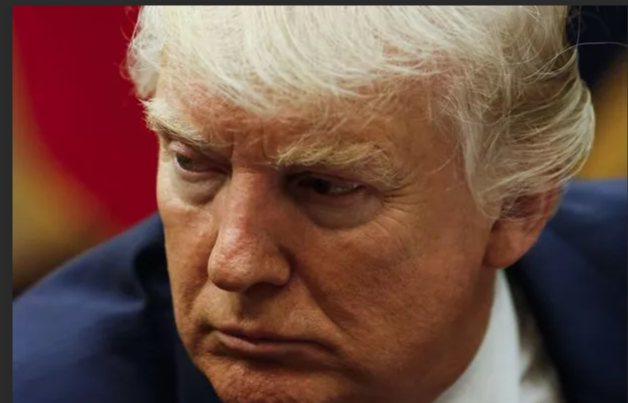Mike Robinson
CSMS Magazine
The construction of the border wall along the U.S.-Mexico border was one of the most contentious and polarizing initiatives of the Trump administration. Initiated in 2017, the project aimed to bolster national security, curb illegal immigration, and prevent the influx of drugs into the United States. However, its implementation and effectiveness have been subjects of intense debate and scrutiny.
From the outset, the border wall faced numerous challenges, including logistical hurdles, environmental concerns, and legal battles over land acquisition. Despite these obstacles, segments of the wall were erected, primarily replacing existing barriers rather than creating an entirely new structure spanning the entire border. This partial completion left the project far from its initial grandiose vision of a contiguous barrier spanning the entire southern border.
Critics of the border wall argue that it is a costly and ineffective solution to the complex issue of immigration. They contend that the resources allocated to the wall could have been better utilized for comprehensive immigration reform, addressing root causes of migration, and improving border security through technological advancements and increased personnel. Furthermore, opponents highlight the environmental damage caused by the wall, disrupting ecosystems and endangering wildlife in sensitive border regions.
Supporters of the border wall, on the other hand, view it as a necessary measure to protect national sovereignty and enhance border security. They argue that physical barriers act as a deterrent to illegal border crossings and provide law enforcement with additional tools to combat drug smuggling and human trafficking. Additionally, proponents emphasize the symbolic significance of the wall, signaling a commitment to enforcing immigration laws and securing the border.
The Trump administration’s efforts to secure funding for the border wall were met with significant opposition from congressional Democrats, resulting in a prolonged government shutdown in early 2019. Despite the political deadlock, funding was eventually secured through a combination of congressional appropriations, redirected military funds, and private donations. However, the legality of these funding sources has been the subject of ongoing legal challenges.
As the Biden administration took office in 2021, the future of the border wall became increasingly uncertain. President Biden halted further construction and redirected funds away from the project, signaling a shift in priorities towards more humane and comprehensive approaches to immigration policy. However, the legacy of the Trump border wall continues to influence debates surrounding immigration, national security, and the role of government in addressing complex societal challenges.
So, the Trump border wall remains a divisive and consequential issue in American politics. While its construction has left a physical imprint on the landscape, its long-term impact on immigration patterns and border security remains uncertain. As policymakers continue to grapple with these challenges, the border wall serves as a stark reminder of the complexities and controversies surrounding immigration policy in the United States.
Also see: Donald Trump’s legal troubles and the Republicans’ dilemma


